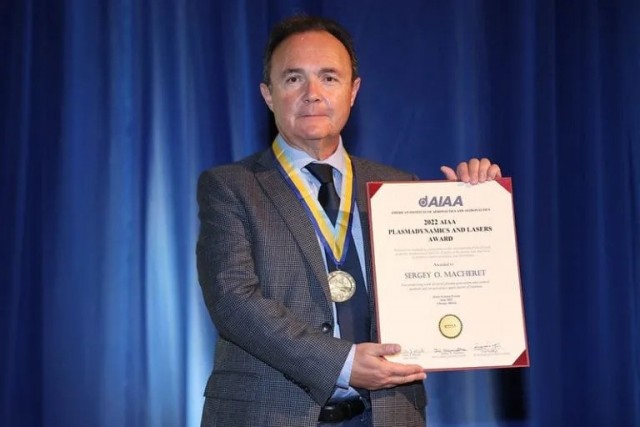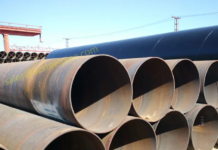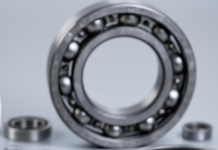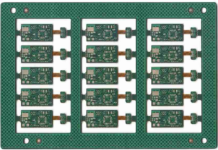Plasma Technology is Key to Advancing Hypersonic Flight, Yet Remains Underfunded
More on Isstories:
- Inside Jaime Bejar’s 100-Person Operation: How Cashflow Creators is Redefining E-Commerce Infrastructure
- Colorado HVAC Contractor Addresses Common Repair-vs-Replace Misconceptions in Heating Systems
- Tampa Criminal Defense Attorney Rocky Brancato Launches Forensic Science Defense Practice
- 9 Million Clicks – 2M DOWNLOADS: ATAKAN ROMANO’S MEMOIR Unmasks BEAUTY’S BLOODY BATTLES – GRAB IT BEFORE PRICE SPIKES!
- Joe Darwish, Recognized by BestAgents.us as a 2026 Top Agent
(Isstories Editorial):- Lafayette, Indiana Mar 20, 2025 (Issuewire.com) – Aerospace scientist and plasma scientist Sergey Macheret is urging policymakers, researchers, and private sector leaders to prioritize plasma-based technologies as a critical component of hypersonic flight vehicles and energy-efficient propulsion systems. Despite its game-changing potential, plasma research lags behind in funding and real-world application.
“Plasma science isn’t just theoretical–it’s the missing link in solving major aerospace challenges,” said Macheret, Co-Founder and CEO of US Plasma Engineering LLC. “We’re talking about controlling aerodynamics without physical control surfaces, mitigating heat fluxes, and enhancing propulsion efficiency for hypersonic vehicles. Yet, investment in plasma research is nowhere near where it should be.”
A Critical Yet Overlooked Technology
Plasma technology has been at the core of hypersonic propulsion and aerodynamics for years, but research has been slow to transition from the lab to practical aerospace systems. Some of the most promising applications include:
- Electromagnetic Flow Control – Using plasma fields to actively manipulate airflow around high-speed aircraft, reducing drag and enabling fast dynamic pitch, roll, and yaw control without control surfaces.
- Energy-Efficient Propulsion – Plasma-based methods could increase airbreathing propulsion performance due to fast ignition, better fuel-air mixing, flame holding and flame speed increase, and operation with lean mixtures.
“We have the science, but we don’t have the resources to bring these ideas into working systems,” Macheret stated.
Aerospace Innovation is Falling Behind
According to the Congressional Research Service, China and Russia are outpacing the United States in hypersonic flight testing and development. China has conducted over 60 successful hypersonic tests in the last decade, nearly twice as many as the U.S.
A 2023 Department of Defense report highlighted plasma-assisted aerodynamics as a promising but underfunded area in hypersonic development. “If we don’t invest now, we risk falling behind, not just in defense but in the future of aerospace itself,” Macheret warned.
Urgent Call for Collaboration and Funding
Macheret is calling for a national initiative to integrate plasma science into hypersonic and propulsion research, encouraging partnerships between government agencies, universities, and private companies.
“We need a unified effort–NASA, DARPA, academia, and aerospace firms–to bring plasma-based flight technologies out of theory and into reality,” he emphasized.
Plasma Technology is the Future
With hypersonic and space travel on the brink of a technological revolution, Macheret believes plasma science will be at the center of it all.
“The next generation of aerospace vehicles will rely on plasma technology. The only question is whether we lead that revolution or get left behind.”
Source :Sergey Macheret
This article was originally published by IssueWire. Read the original article here.


















